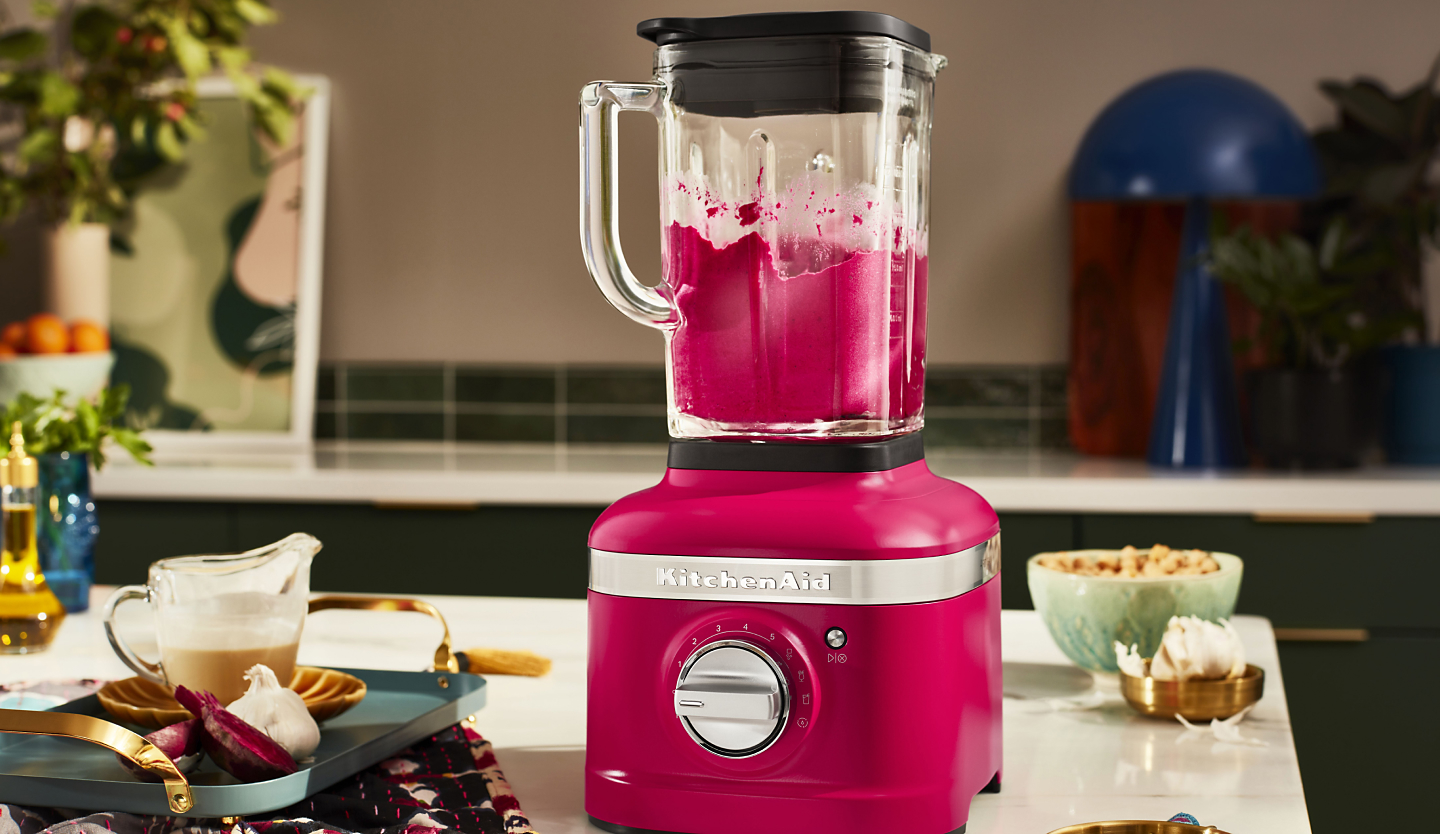

Articles
How To Puree With A Blender
Modified: October 18, 2024
Learn how to puree with a blender and create mouthwatering recipes with our informative articles. Discover expert tips and tricks for perfect purees.
(Many of the links in this article redirect to a specific reviewed product. Your purchase of these products through affiliate links helps to generate commission for Storables.com, at no extra cost. Learn more)
Introduction
Blenders are versatile kitchen appliances that have revolutionized the way we prepare and enjoy our meals. While they are commonly associated with making smoothies or crushing ice, blenders can also be used to create smooth and creamy purees. Whether you’re looking to make baby food, sauces, soups, or dips, a blender can be your go-to tool for achieving the perfect texture.
In this article, we will delve into the world of pureeing with a blender and explore the various benefits, techniques, and tips to help you achieve smooth and delicious purees every time. Whether you’re a seasoned cook or a beginner in the kitchen, this guide will equip you with the knowledge and skills to elevate your culinary creations.
Before we dive into the details, let’s take a moment to understand the advantages of using a blender for pureeing.
Key Takeaways:
- Elevate your culinary creations with a powerful blender, achieving smooth and consistent purees for a variety of dishes. From soups to smoothies, unleash your inner chef and blend your way to culinary excellence.
- Choosing the right blender is crucial for successful pureeing, ensuring a seamless blending experience every time. Master the art of blending, experiment with flavors, and enjoy the delectable wonders you can create with your trusty companion in the kitchen.
Benefits of Pureeing with a Blender
Pureeing with a blender offers a multitude of benefits that make it a preferred method for many individuals in the kitchen. Let’s take a closer look at some of these advantages:
- Smooth and Consistent Texture: One of the primary benefits of using a blender for pureeing is the ability to achieve a smooth and consistent texture. The powerful motor and sharp blades of the blender help break down even the toughest ingredients, resulting in a uniform puree without any lumps or chunks.
- Time and Effort Efficiency: Compared to other methods of pureeing, such as using a food processor or mashing by hand, a blender offers a quicker and more effortless approach. Instead of spending time and energy manually breaking down ingredients, you can simply toss them into the blender, press a button, and let the machine do the work for you.
- Versatility: Blenders are incredibly versatile kitchen appliances that can handle a wide range of ingredients. From fruits and vegetables to cooked meats and legumes, a blender can puree almost anything you desire. This versatility allows you to experiment with different flavors and create unique and flavorful purees.
- Nutrient Retention: Pureeing with a blender helps retain the nutritional value of the ingredients. The quick blending process minimizes heat exposure, which can destroy heat-sensitive nutrients. By preserving the vitamins, minerals, and antioxidants present in the ingredients, blender purees offer a healthy and nutritious option to incorporate into your meals.
- Ease of Feeding: For parents with young children or individuals with swallowing difficulties, blender purees offer a convenient solution. The smooth and easy-to-swallow texture makes it easier for infants to transition from a liquid diet to solid foods and aids in the consumption of food for those with difficulty chewing or swallowing.
- Creative Cooking: Blenders provide endless opportunities for culinary experimentation. By pureeing various ingredients, you can create flavorful and visually appealing sauces, dips, soups, and even desserts. The smooth texture of blender purees allows for easy incorporation into recipes and opens the door to a world of creative cooking possibilities.
Now that we are aware of the numerous benefits of using a blender for pureeing, let’s move on to understanding how to choose the right blender for your needs.
Choosing the Right Blender
When it comes to pureeing with a blender, selecting the right blender for your needs is crucial. With so many options available on the market, it can be overwhelming to determine which blender is best suited for your culinary endeavors. Here are some key factors to consider when choosing a blender:
- Power: Look for a blender with a powerful motor. The higher the wattage, the more capable the blender will be at blending tough ingredients into a smooth puree. Aim for a blender with at least 500 watts of power to ensure it can handle a variety of ingredients.
- Blade Design: Check the blade design of the blender. Stainless steel blades are ideal as they are durable and effective in cutting through ingredients. Look for blenders with multiple blades or specifically designed blending blades for optimal pureeing performance.
- Capacity: Consider the capacity of the blender jar. If you plan on making large batches of puree, choose a blender with a larger jar capacity. However, if you have limited countertop space or prefer to make smaller portions, a blender with a smaller jar size might be more suitable.
- Speed Settings: Look for a blender with multiple speed settings. Different ingredients and recipes require different blending speeds. Having the flexibility to adjust the blender’s speed allows for better control over the consistency and texture of your purees.
- Additional Features: Consider any additional features or attachments that may enhance your pureeing experience. Some blenders come with tamper tools for pushing down ingredients, variable pulse settings for more precise blending, or even pre-programmed settings for specific tasks like making soups or smoothies.
- Brand and Reviews: Do some research on different blender brands and read customer reviews. Look for brands that are reputable and known for their quality and durability. Pay attention to customer feedback regarding the blender’s performance, ease of use, and longevity.
Remember, the right blender for you will ultimately depend on your specific needs and budget. Consider the factors outlined above to make an informed decision and choose a blender that will meet your pureeing requirements.
Now that you have the perfect blender, let’s move on to preparing the ingredients for your purees.
Preparing the Ingredients
Preparing the ingredients properly is essential for achieving a smooth and delicious puree. Follow these steps to ensure that your ingredients are ready for the blending process:
- Wash and Trim: Start by washing fruits, vegetables, and herbs thoroughly under running water. Remove any dirt, debris, or pesticide residue. Trim off any stems, leaves, or damaged parts of the ingredients.
- Peeling and Pitting: Depending on the recipe or personal preference, you may need to peel certain fruits or vegetables before pureeing. For example, peeling citrus fruits like oranges or removing the skin from butternut squash. Additionally, for fruits with pits like peaches or avocados, make sure to remove the pits before blending.
- Cooking: In some cases, it may be necessary to cook certain ingredients before pureeing. This is particularly true for vegetables that are hard or fibrous, like carrots or broccoli. Cook the vegetables until they are tender and can be easily pierced with a fork. This step helps soften the ingredients and ensures a smoother puree.
- Chopping: For larger or harder ingredients, it’s advisable to chop them into smaller pieces before blending. This makes it easier for the blender to process and ensures even blending. Smaller pieces also reduce the risk of overloading the blender, allowing for a more efficient blending process.
- Soaking: If you’re using dried ingredients like beans or lentils, soaking them before cooking and pureeing can help soften their texture. Soak them in water for a few hours or overnight, then cook them according to the recipe’s instructions. Soaking not only makes the pureeing process easier but also aids in better digestion of the ingredients.
Remember that different recipes may require specific preparation techniques, so always follow the instructions provided in the recipe you are using.
Now that your ingredients are properly prepared, let’s move on to exploring the different blending techniques that will help you achieve that silky smooth puree.
Blending Techniques
Mastering the art of blending is crucial for achieving the perfect puree consistency. Here are some effective blending techniques to ensure a smooth and creamy result:
- Pulse: Start by pulsing the blender a few times to roughly chop the ingredients. This helps distribute them evenly and prevents any large chunks from being left behind.
- Slow Start: When turning on the blender, begin with a low speed setting and gradually increase the speed. This allows the ingredients to be drawn towards the blades and ensures an even blend.
- Pause and Scrape: Occasionally pause the blending process and scrape down the sides of the blender jar with a spatula. This helps incorporate any unblended ingredients and ensures a uniform texture throughout the puree.
- Liquids First: To aid the blending process, start by adding any liquid ingredients (such as broth or juice) to the blender first. This provides a base for the other ingredients and helps to create a smoother puree.
- Blend in Batches: If you’re working with a large quantity of ingredients, it’s better to blend in smaller batches. Overloading the blender can hinder the blending process and result in an unevenly blended puree.
- Adjust Consistency: As you blend, pay attention to the consistency of the puree. If it’s too thick, you can add small amounts of liquid (such as water, broth, or oil) to thin it out. On the other hand, if it’s too thin, you can add more ingredients or let it blend for a longer duration to thicken it up.
- Blend Until Smooth: Continue blending until you achieve the desired smoothness. The length of time will depend on the ingredients used and personal preference. Some purees, like baby food, require a very smooth consistency, while others, like soups, may have a slightly chunky texture.
By following these blending techniques, you’ll be able to achieve a velvety smooth puree that is visually appealing and delightful to the taste buds.
Now that you’ve mastered the art of blending, let’s move on to some helpful tips for achieving a consistently smooth puree every time.
When pureeing with a blender, start with small amounts of ingredients and gradually increase the speed to achieve a smooth consistency. Stop and scrape down the sides as needed for even blending.
Read more: How To Store Opened Pumpkin Puree
Tips for Achieving a Smooth Puree
While the blending techniques mentioned earlier are important, there are additional tips and tricks that can help you achieve a consistently smooth puree. Consider the following tips to elevate your pureeing game:
- Start with Soft Ingredients: Using soft and tender ingredients will make the blending process easier and faster. Hard or fibrous ingredients may require longer blending times or additional liquid to achieve a smooth texture.
- Add Liquid Gradually: When blending, add any liquid ingredients gradually to control the consistency. Pouring in too much liquid at once can result in a thin and watery puree. Start with a small amount and add more as needed.
- Use High Speeds: When aiming for a smooth puree, it’s best to blend on high speeds. High speeds help break down the ingredients more effectively and create a smoother texture. However, be mindful of not overblending, as it can result in a frothy or watery puree.
- Strain for a Finer Texture: For an ultra-smooth and silky puree, consider straining it through a fine-mesh sieve or cheesecloth. This step helps remove any remaining fibrous or chunky bits, resulting in a velvety texture.
- Let the Puree Rest: After blending, let the puree rest for a few minutes to allow any air bubbles to rise to the surface. This ensures a smoother consistency and helps eliminate any foam that may have formed during blending.
- Invest in a Tamper: Some blenders come with a tamper tool, which can be used to push down ingredients that may get stuck or trapped on the sides of the blender jar. This helps to ensure a more even blend and prevents any inconsistencies in the puree.
- Experiment with Different Ingredients: Don’t be afraid to get creative with your purees by incorporating different ingredients. Herbs, spices, and other flavorings can add depth and complexity to your purees. Additionally, combining different fruits and vegetables can result in unique and delicious flavor combinations.
- Freeze in Portions: If you’re making a large batch of puree, consider freezing it in individual portions. This allows for easy portion control and convenient future use. Simply thaw the desired amount when needed.
Implementing these tips will help you achieve consistently smooth and delightful purees that will impress your taste buds and elevate your culinary creations.
Now that you have the techniques and tips to create smooth purees, let’s move on to discussing how to clean and maintain your blender to ensure its longevity.
Cleaning and Maintaining Your Blender
Proper cleaning and maintenance of your blender are crucial for its longevity and optimal performance. Follow these tips to keep your blender in top shape:
- Immediate Rinse: After each use, rinse the blender jar, lid, and blade assembly with warm soapy water. This helps prevent food residue from drying and becoming harder to clean.
- Disassemble Carefully: When cleaning, make sure to safely remove the blade assembly from the blender jar. Follow the manufacturer’s instructions to ensure you disassemble it correctly and avoid any accidental injuries.
- Hand Wash or Dishwasher: Depending on the manufacturer’s guidelines, you can either hand wash the blender parts or clean them in the dishwasher. However, be cautious with dishwasher usage, as some blender components may be sensitive to high heat or aggressive detergents.
- Avoid Submerging the Motor Base: The motor base of the blender should never be submerged in water or any other liquid. Use a damp cloth or sponge to clean the exterior and wipe away any spills or stains.
- Deep Clean the Blade Assembly: Regularly remove any caked-on debris from the blade assembly using a brush or sponge. Be careful when handling the sharp blades and consider using a tool specifically designed for cleaning blender blades.
- Check and Clean Seals and Gaskets: Inspect the seals and gaskets in the blender jar and lid. Wipe them clean regularly to prevent any buildup of food particles or residue that may affect the blender’s performance.
- Regularly Check and Tighten Components: Over time, the blender’s components may loosen or become misaligned. Check and tighten the blade assembly, jar base, and lid to ensure a secure fit and avoid any leakage during blending.
- Store Properly: When not in use, store the blender and its components in a dry and clean area. Avoid stacking heavy items on top of the blender jar to prevent it from warping or breaking.
- Follow Maintenance Guidelines: Refer to the blender’s instruction manual for specific maintenance guidelines and precautions. Different blender models may have specific recommendations regarding cleaning, use, and maintenance. Following these guidelines will help maintain the blender’s warranty and keep it in optimal working condition.
By following these cleaning and maintenance practices, you can ensure that your blender remains clean, sanitary, and continues to perform at its best for years to come.
Now that you know how to properly clean and maintain your blender, let’s explore some popular recipes for blender purees to inspire your culinary creativity.
Popular Recipes for Blender Purees
Blender purees are incredibly versatile and can be used in a variety of dishes. Here are some popular recipes that you can whip up using your blender:
- Roasted Red Pepper Soup: Blend together roasted red peppers, vegetable broth, tomatoes, garlic, and your choice of herbs until smooth. Heat the puree on the stovetop and season with salt and pepper for a comforting and flavorful soup.
- Mango Banana Smoothie: Combine ripe mangoes, bananas, yogurt, and a splash of orange juice in the blender. Blend until creamy and smooth for a refreshing and tropical smoothie perfect for breakfast or a quick snack.
- Butternut Squash Hummus: Blend cooked butternut squash, chickpeas, tahini, lemon juice, garlic, and spices until smooth. Serve it with pita bread or raw vegetables for a unique twist on classic hummus.
- Avocado Lime Dressing: Blend ripe avocados, fresh lime juice, Greek yogurt, garlic, and cilantro until creamy. Drizzle this tangy and creamy dressing over salads, grilled meats, or use it as a dip for vegetables.
- Spinach and Feta Dip: Blend together fresh spinach, feta cheese, Greek yogurt, garlic, lemon juice, and herbs until well combined. This vibrant green dip is perfect for parties or as a healthy snack option.
- Creamy Cauliflower Mash: Blend steamed cauliflower, garlic, butter, and milk until smooth and creamy. Season with salt and pepper for a healthier alternative to traditional mashed potatoes.
- Carrot Ginger Soup: Blend together cooked carrots, ginger, vegetable broth, coconut milk, and spices until velvety smooth. Warm it up on the stovetop and garnish with fresh herbs for a comforting and nutritious soup.
- Blueberry Banana Ice Cream: Freeze ripe bananas and blend them with frozen blueberries until smooth and creamy. This dairy-free treat is a guilt-free dessert option that’s rich in antioxidants and naturally sweet.
- Creamy Tomato Basil Sauce: Blend together tomatoes, garlic, basil leaves, olive oil, and a pinch of salt until you have a smooth sauce. Use it as a pasta sauce, a base for pizza, or a dipping sauce for breadsticks.
- Berry Chia Seed Pudding: Blend mixed berries, milk (dairy or plant-based), and chia seeds until well combined. Transfer the mixture to a container and let it sit in the refrigerator overnight for a nutritious and delicious breakfast pudding.
These recipes are just a starting point, and the possibilities are endless when it comes to blender purees. Feel free to experiment with different ingredients, flavors, and seasonings to create your own signature recipes!
Now that you’ve learned about popular blender puree recipes, it’s time to put your knowledge into practice and enjoy the culinary delights that your blender can create.
Conclusion
Blenders are powerful kitchen tools that open up a world of possibilities in the realm of purees. Whether you’re a seasoned cook or a beginner in the kitchen, mastering the art of blending can elevate your culinary creations and add a touch of smoothness to your favorite dishes.
We explored the benefits of pureeing with a blender, including the ability to achieve a consistently smooth texture, the versatility to blend a variety of ingredients, and the convenience for feeding young children or individuals with swallowing difficulties.
Choosing the right blender is crucial for successful pureeing, considering factors like power, blade design, capacity, speed settings, and additional features. By investing in the right blender, you can ensure a seamless blending experience every time.
Properly preparing the ingredients by washing, trimming, cooking, and chopping them enhances the blending process and contributes to a smoother puree. Following efficient blending techniques, such as pulsing, slow starts, and pausing to scrape down the sides, helps achieve optimal results.
Implementing tips like starting with soft ingredients, adding liquid gradually, and experimenting with different flavors enhances the quality and taste of your purees. Regularly cleaning and maintaining your blender ensures its longevity and peak performance.
Finally, we explored popular blender puree recipes, ranging from soups and smoothies to dips and dressings. These recipes serve as starting points for your culinary creativity, and you can customize them to suit your taste buds and dietary preferences.
Now armed with the knowledge and techniques to create smooth and delicious purees, it’s time to unleash your inner chef and experiment with new flavors and combinations. Whether you’re making baby food, sauces, soups, or desserts, your blender will be your trusty companion in the quest for the perfect texture.
So, dust off your blender, gather your ingredients, and get ready to blend your way to culinary excellence. With a little creativity and a touch of blending magic, you’ll be amazed at the delectable wonders you can create with your blender.
Happy blending!
Frequently Asked Questions about How To Puree With A Blender
Was this page helpful?
At Storables.com, we guarantee accurate and reliable information. Our content, validated by Expert Board Contributors, is crafted following stringent Editorial Policies. We're committed to providing you with well-researched, expert-backed insights for all your informational needs.
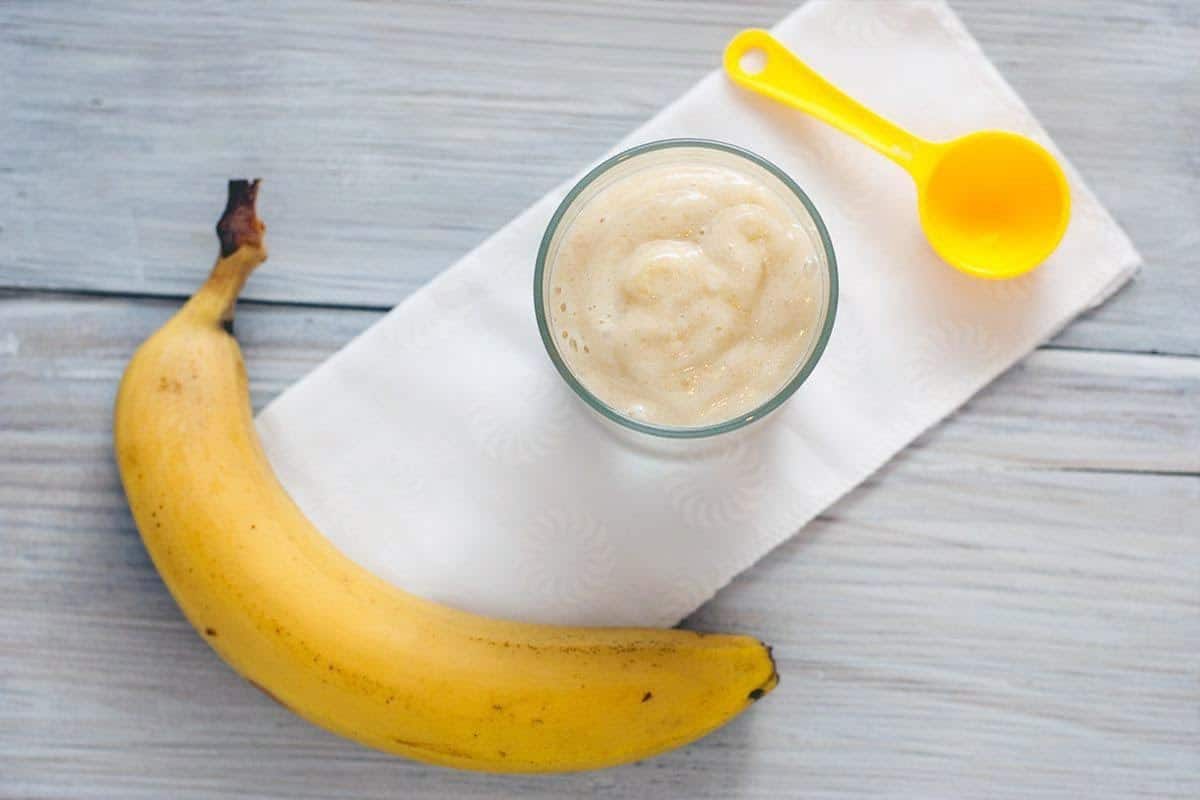
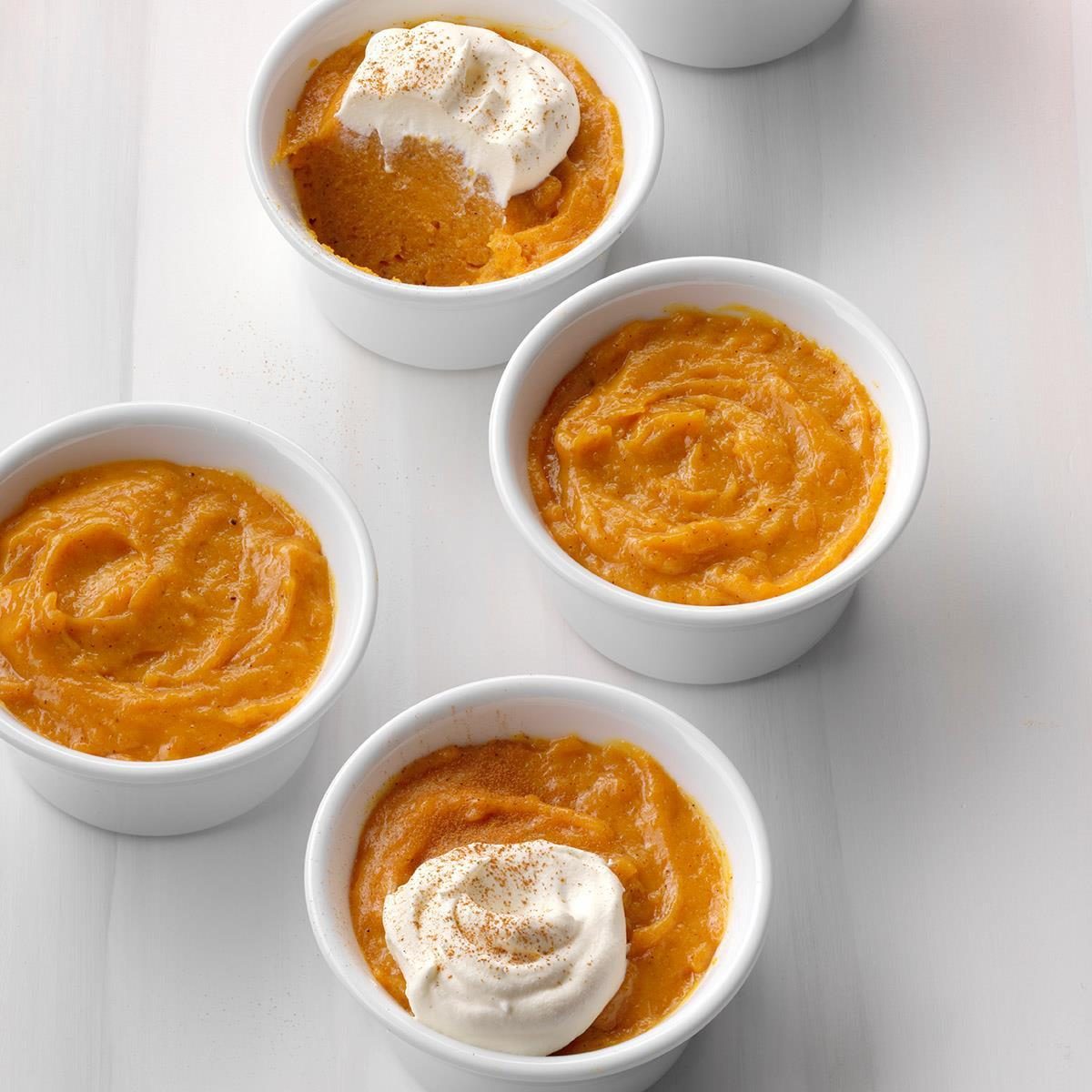
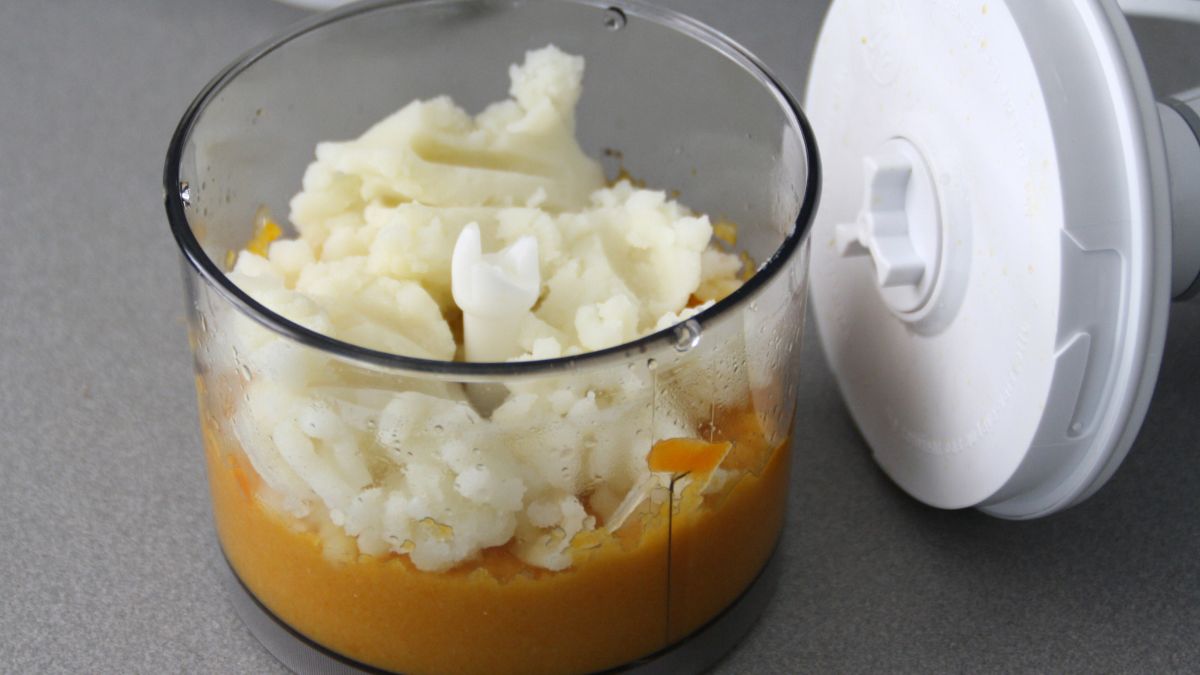
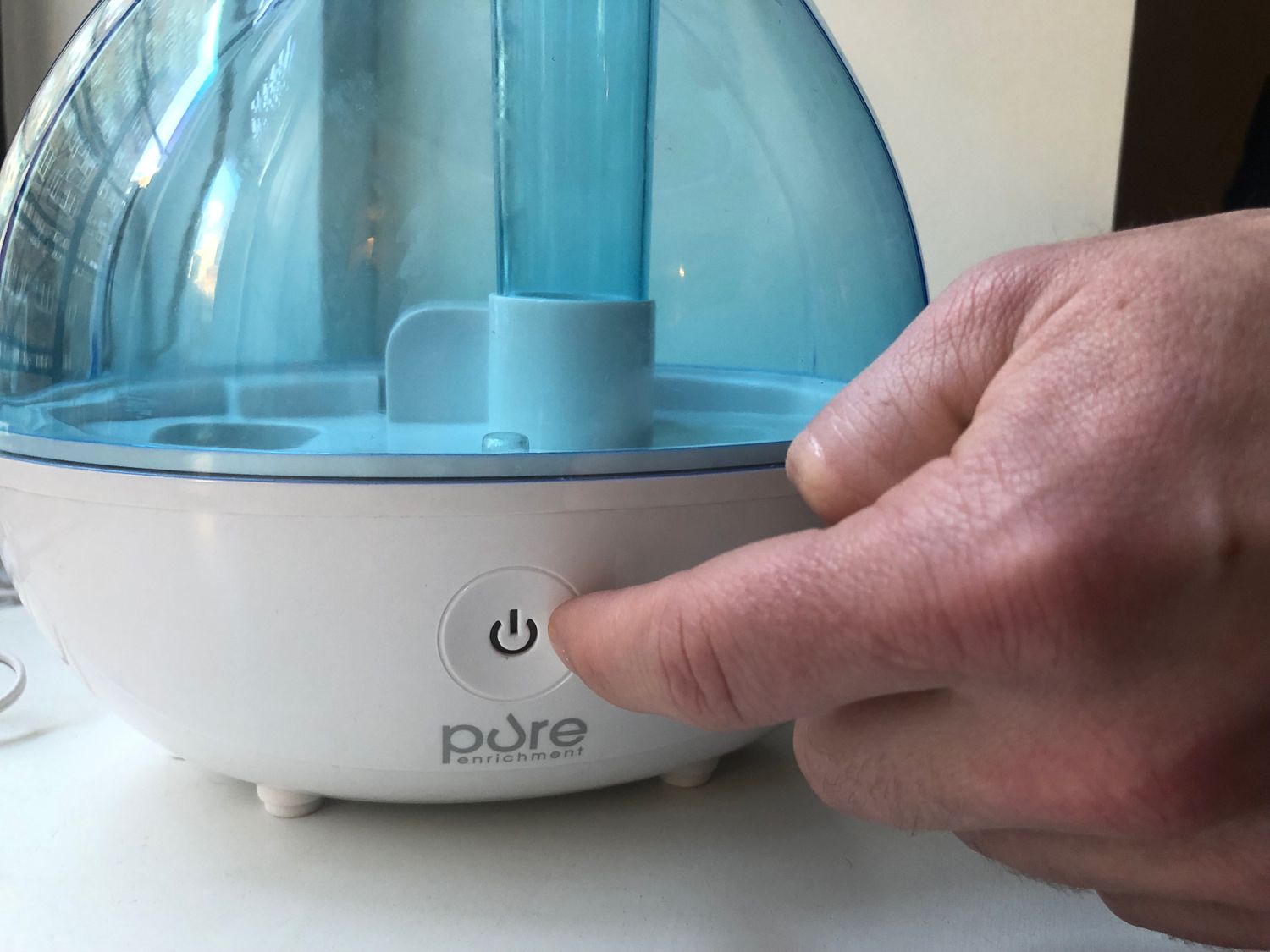
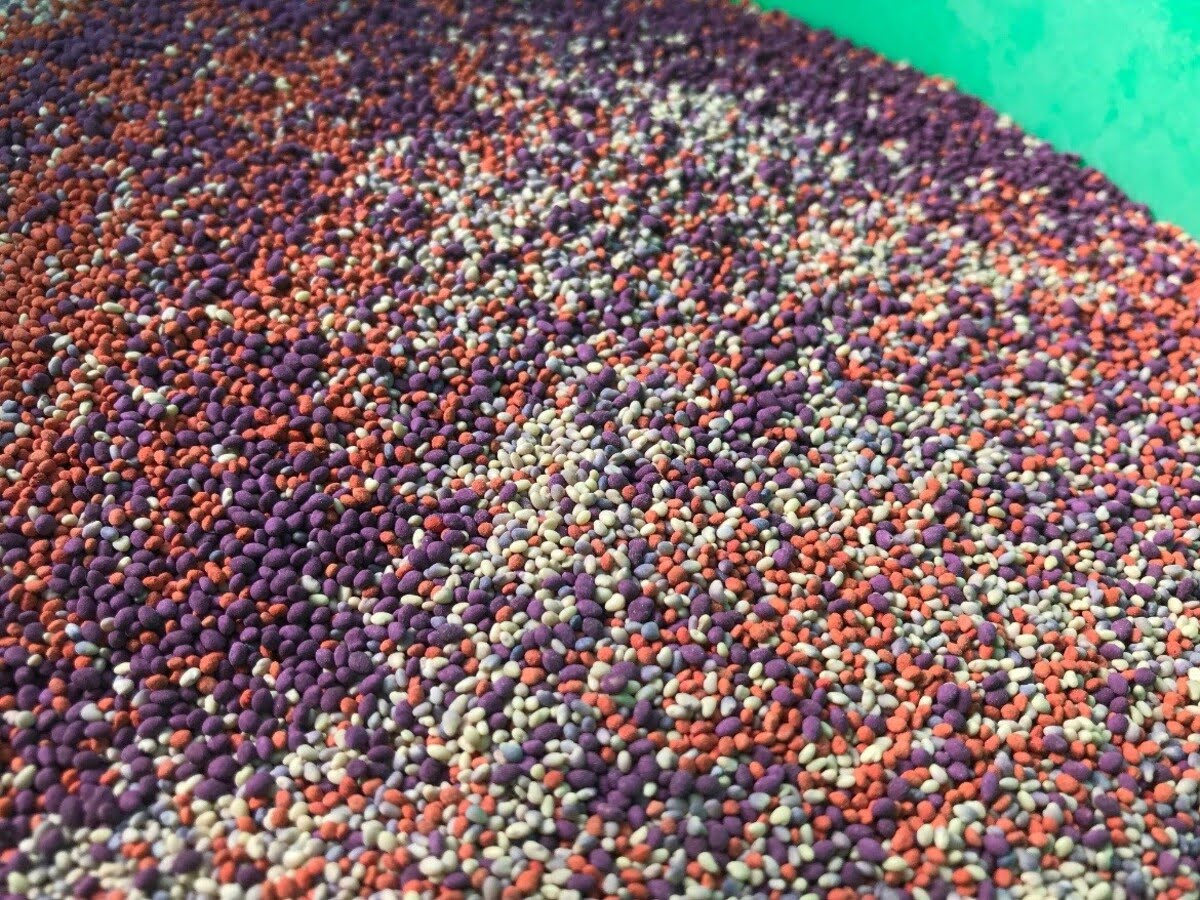
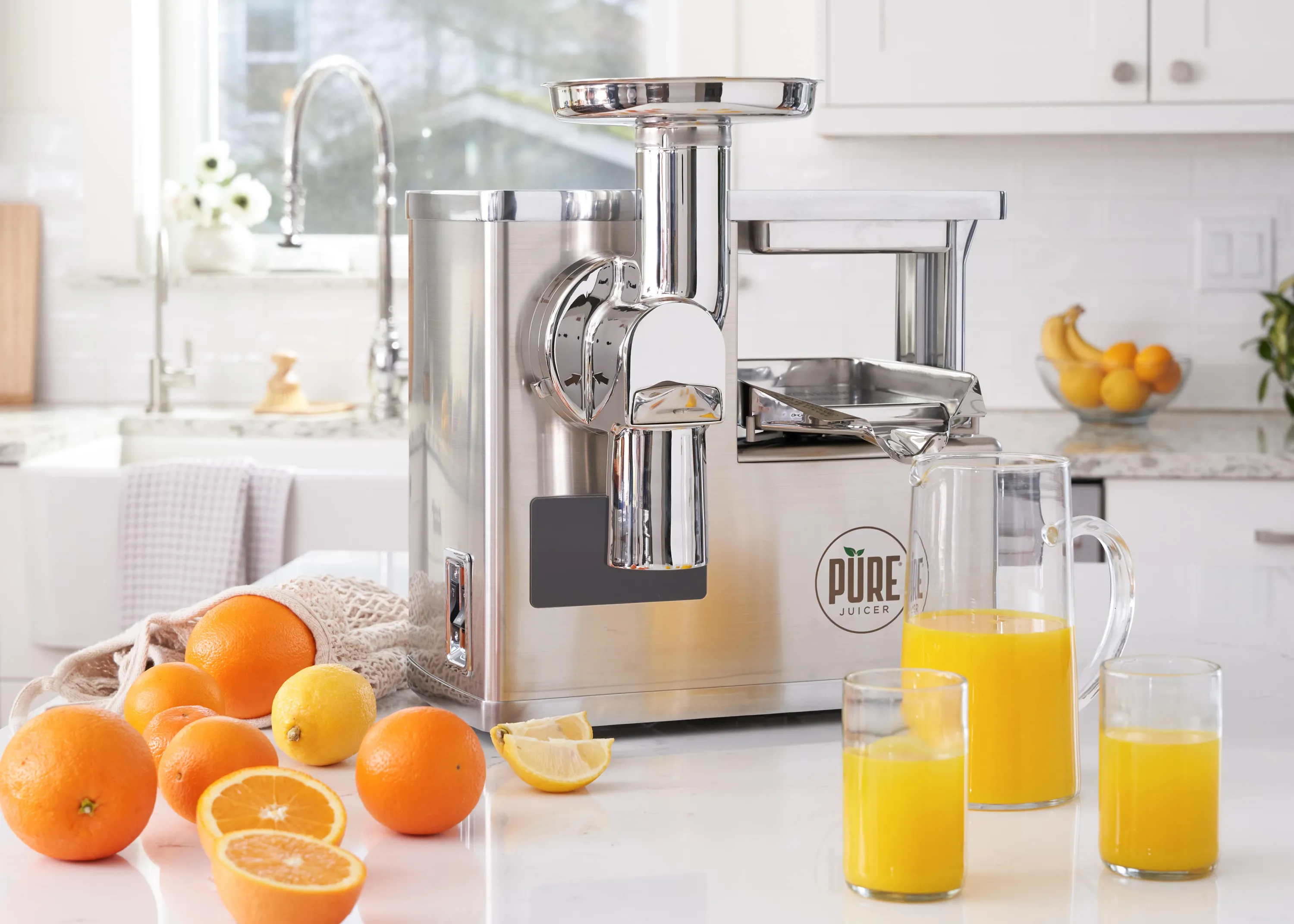
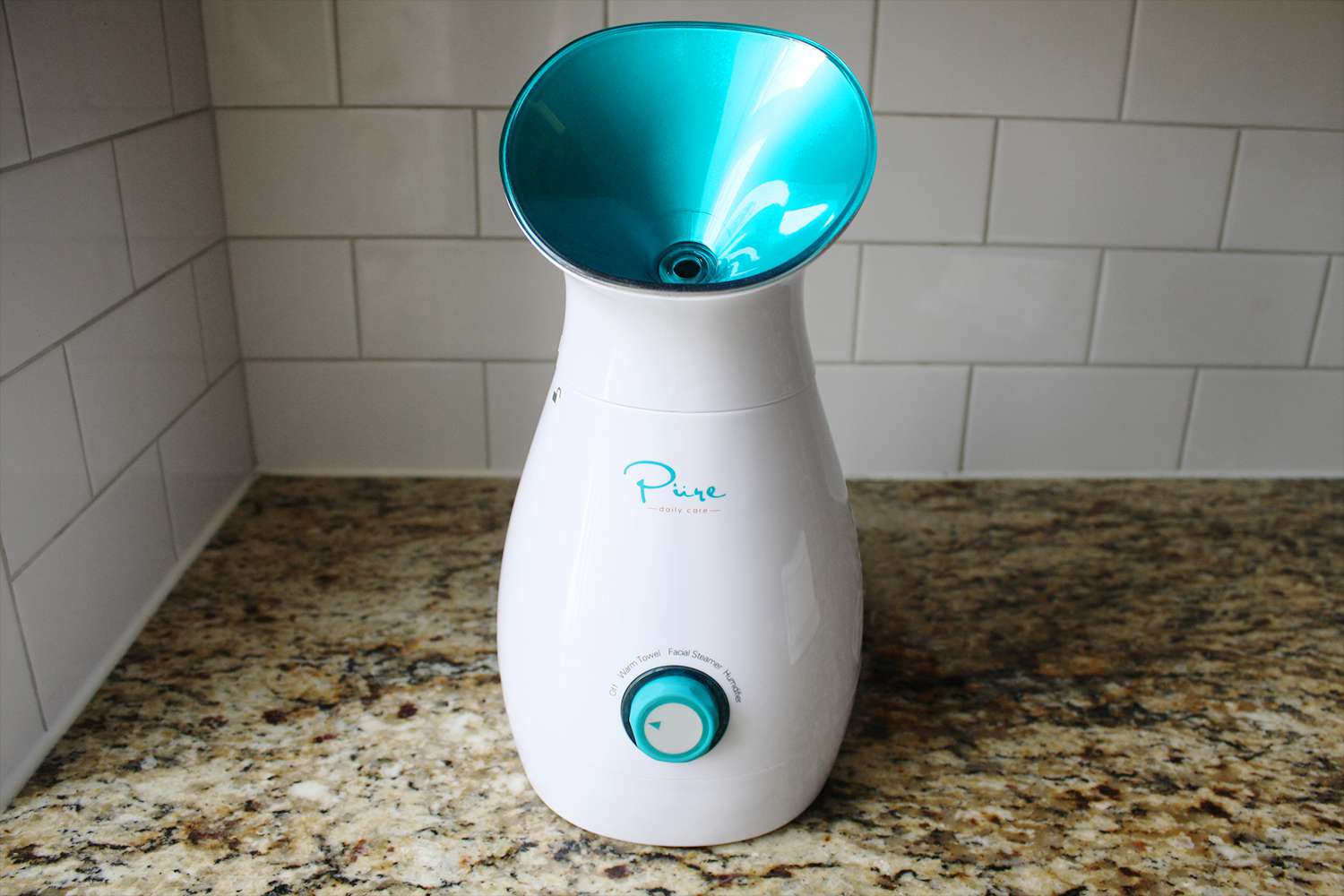
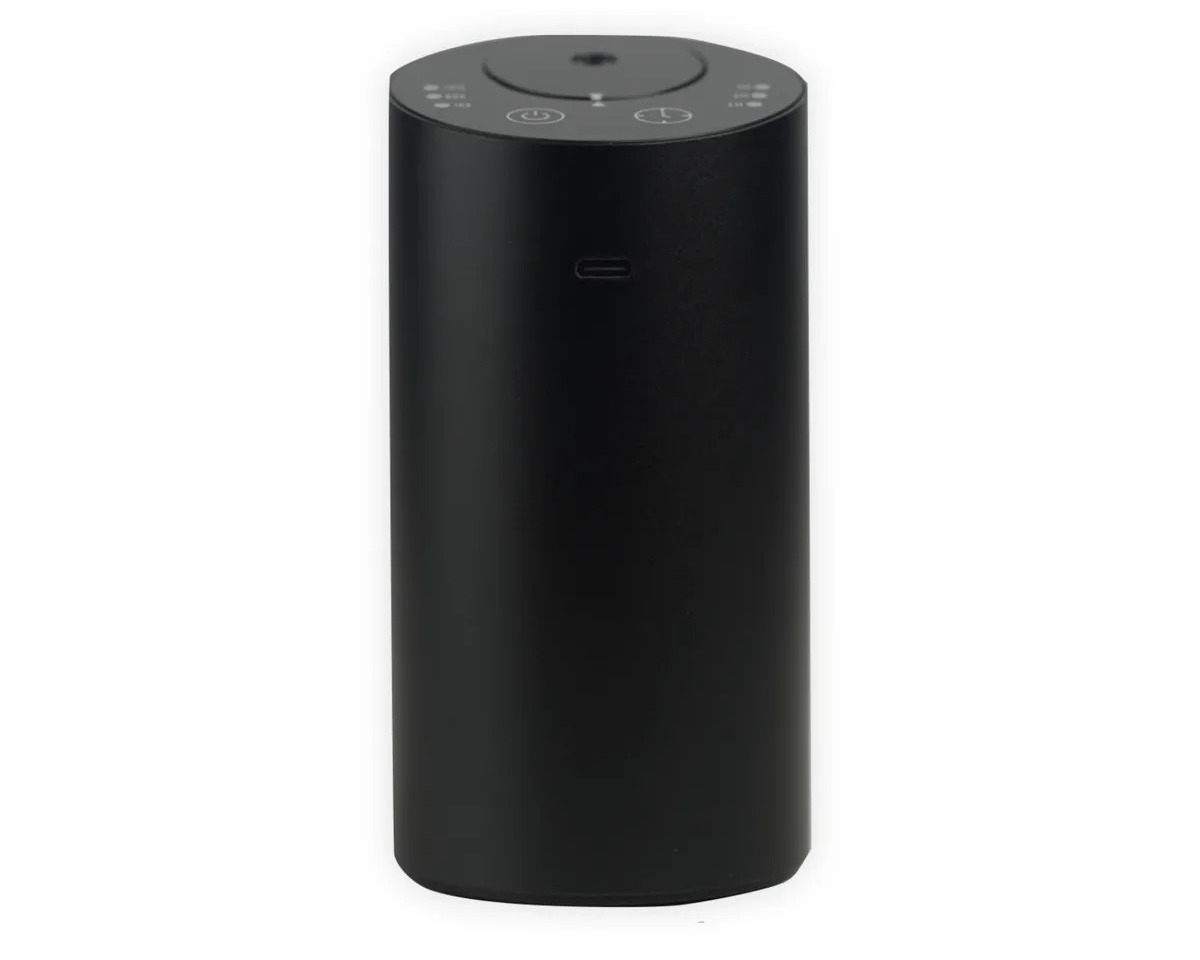
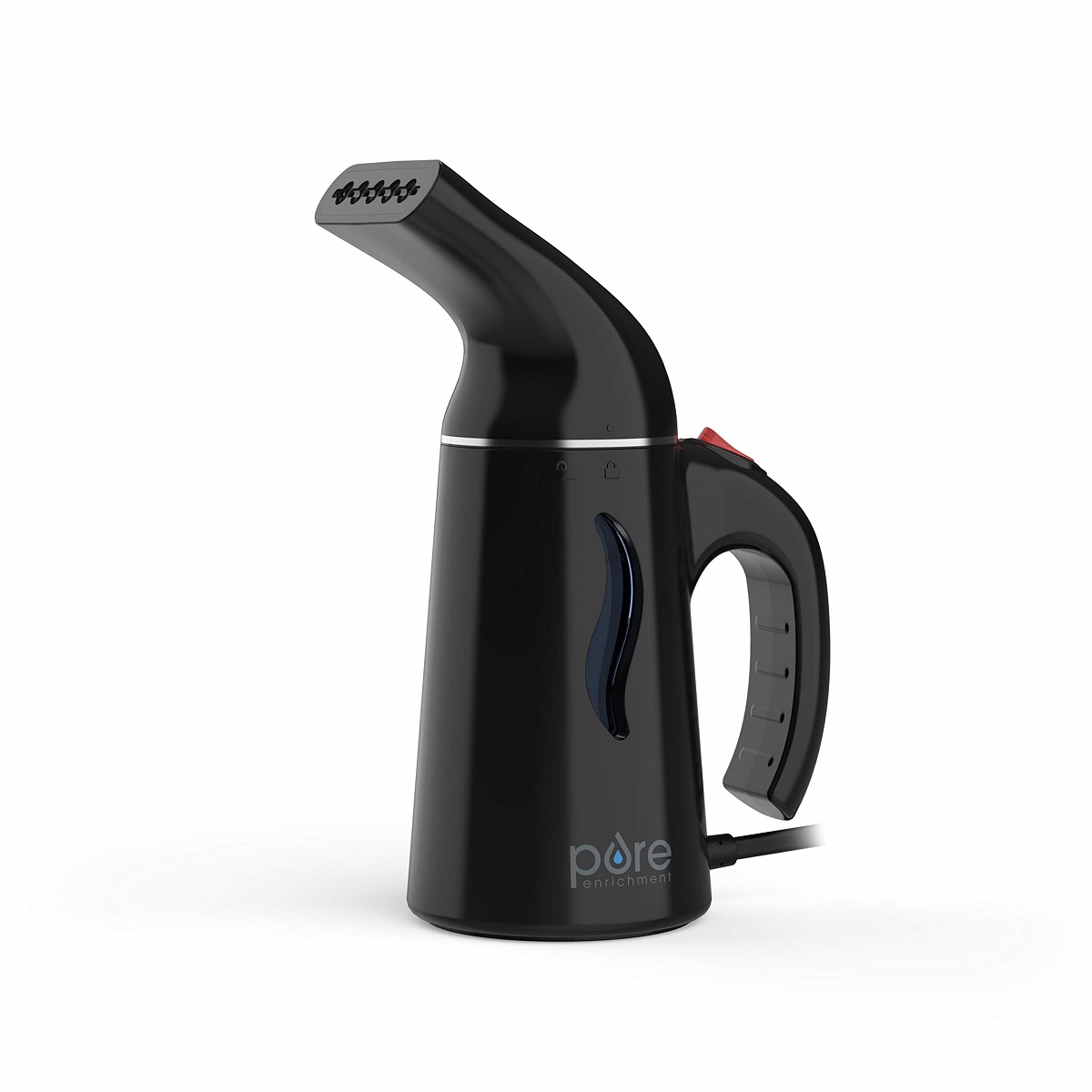

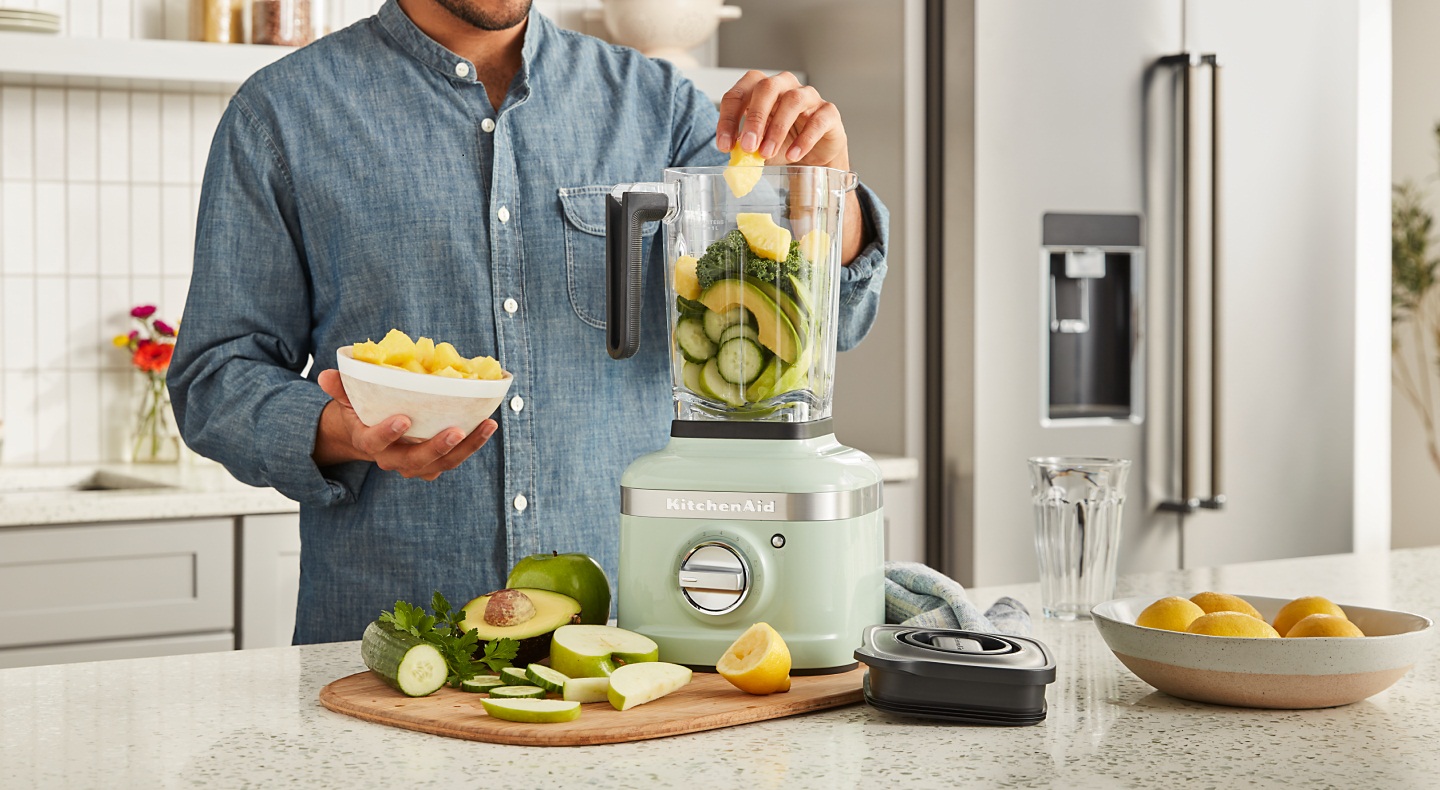
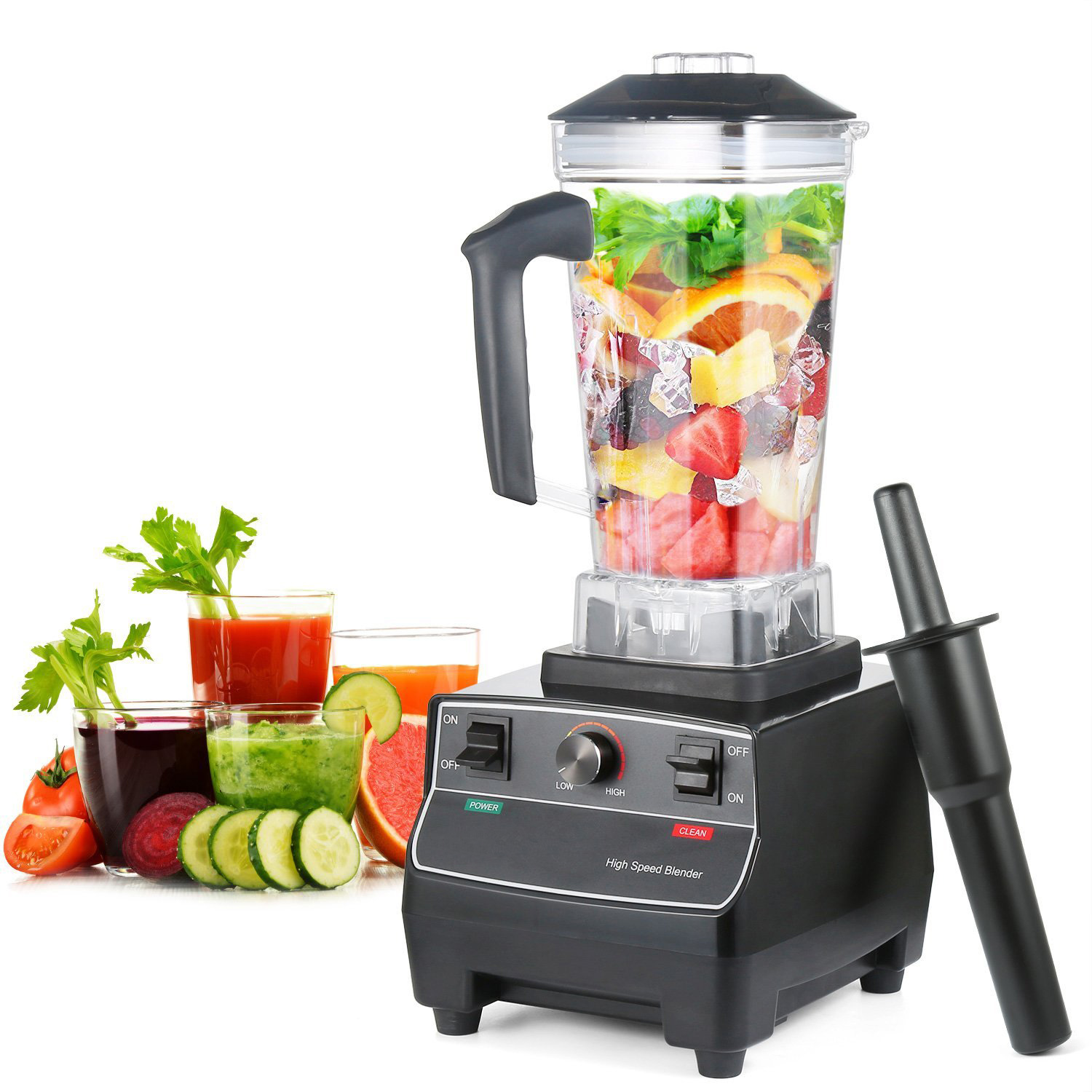

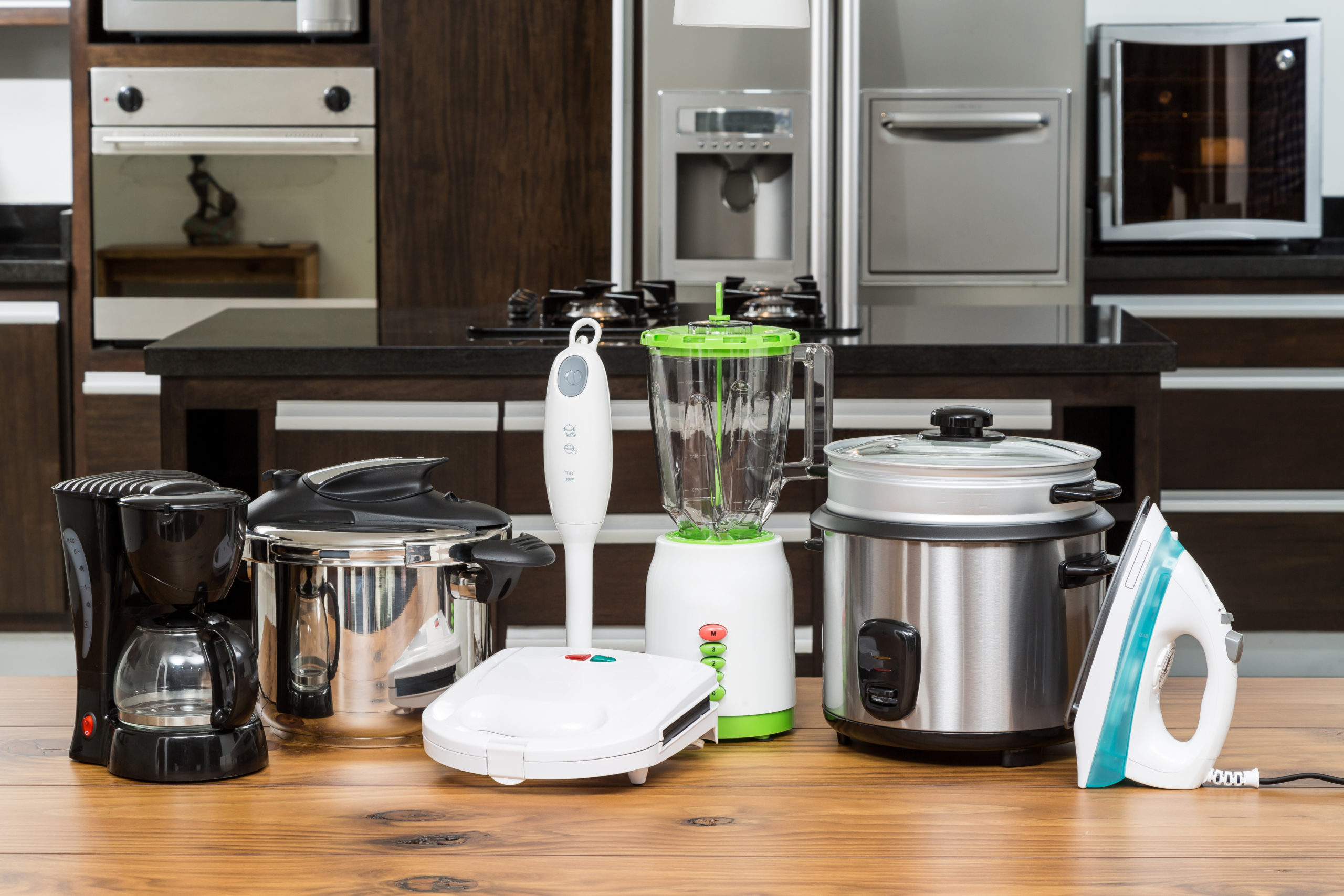

0 thoughts on “How To Puree With A Blender”